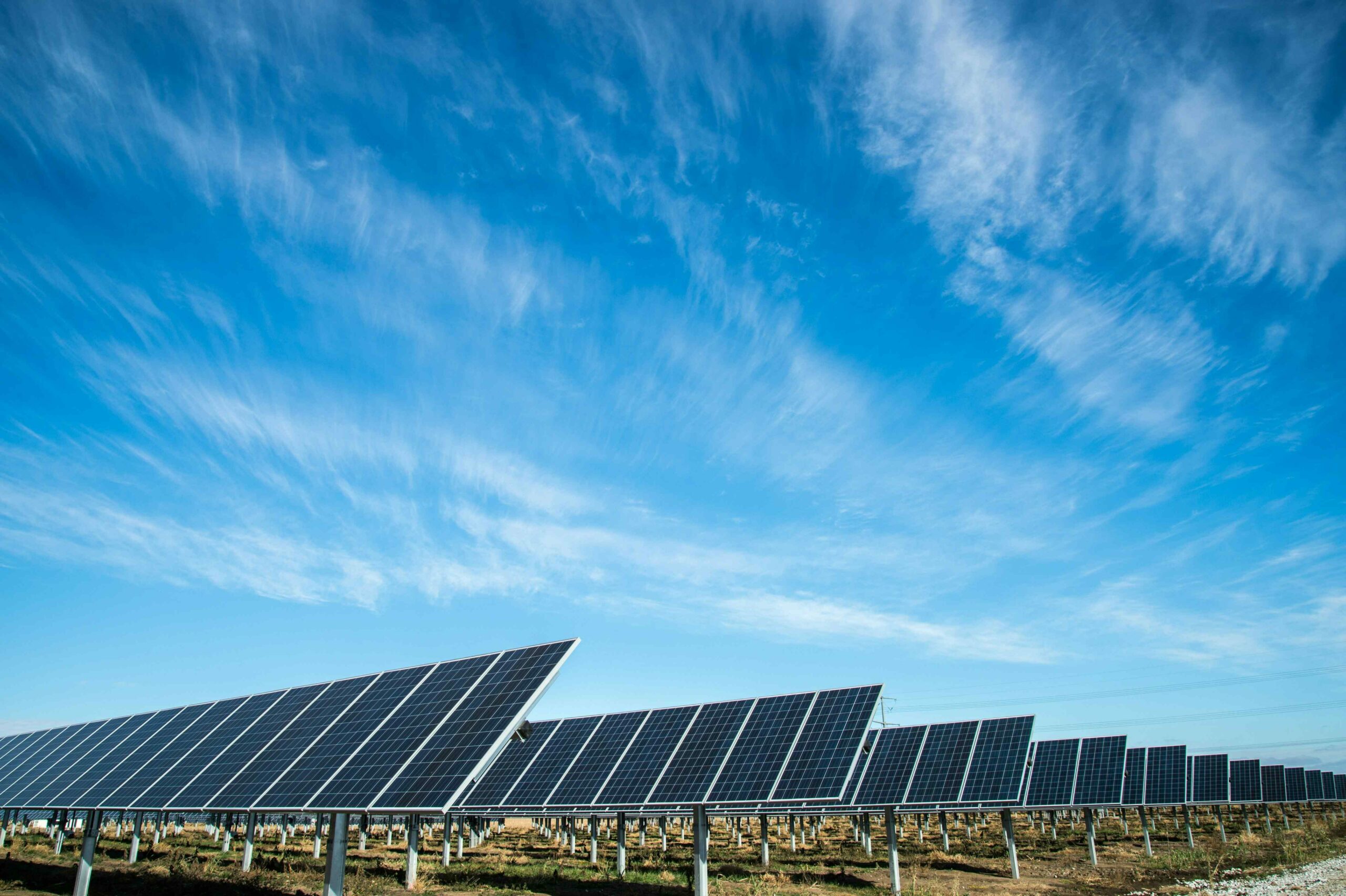Solar energy has taken off across Australia. From rooftops in the suburbs to massive farms in the outback, it’s become a big part of the clean energy mix. But solar isn’t always steady. Some days are cloudy. Some hours shine brighter than others. That’s where AI in energy management steps in.
So, what is the role of AI in solar energy?
Forecasting Solar Power Generation
AI is like a weather-smart helper. It looks at sunlight, cloud cover, and old data to guess how much solar power will come in the next hour or two.
Why does that matter? Because the power grid needs to keep things balanced, too much or too little power makes the grid unstable.
With AI doing the prediction, energy generators and grid scale batteries can plan better. They can adjust early, avoid overloads, and keep the power flowing steady.
Improving Solar Panel Efficiency
AI in energy management predicts and watches. Smart systems can track how well solar panels are working in real time. If part of a panel is under shade, or if dust is blocking sunlight, the system can help identify the problem.
As AI improves and enhances efficiency, the flow on effect should be lower energy prices and a more stable grid. That’s a good thing. This is especially useful for people comparing the best electricity plans Australia.
AI in renewable energy management helps avoid problems by detecting signs of trouble before they cause real damage.
It checks on inverters, batteries, and panels and watches for odd patterns or small dips in performance. That way, maintenance can happen early, before a full breakdown. Less downtime. Less cost.
AI for Optimising Solar Energy Storage
Solar works best when paired with a good battery system. You collect extra power during the day and use it later, like at night or on cloudy days. But storing energy is more than just plugging in a battery.
AI in energy management can help decide when to charge and when to release that power. It looks at electricity prices, household demand, and even local weather. That means you get more out of your system and waste less.
As more Australians combine solar with batteries, smart storage management becomes a key feature in future-ready homes.
Large-Scale Solar Farms vs. Residential Systems
AI for solar energy doesn’t work the same way everywhere. On big solar farms, it may control thousands of panels at once. It balances grid output, handles large storage banks, and manages wide-area maintenance.
In homes, AI plays a smaller but still important role. It watches your rooftop setup, controls when appliances run, and keeps your energy use in check.
Both uses help bring better deals to the market from best energy deals to flexible solar and battery energy plans that fit a wide range of needs.
Conclusion
So, what is the role of AI in solar energy? It’s helping us get the most from every ray of sun. It makes things smoother, keeps costs down, and helps energy providers bring better deals to everyday Aussies.
Thinking of switching? GloBird can help you explore options like carbon offset energy plans, compare the best electricity plans Australia, or get started with a renewable energy provider that fits your budget and goals.
